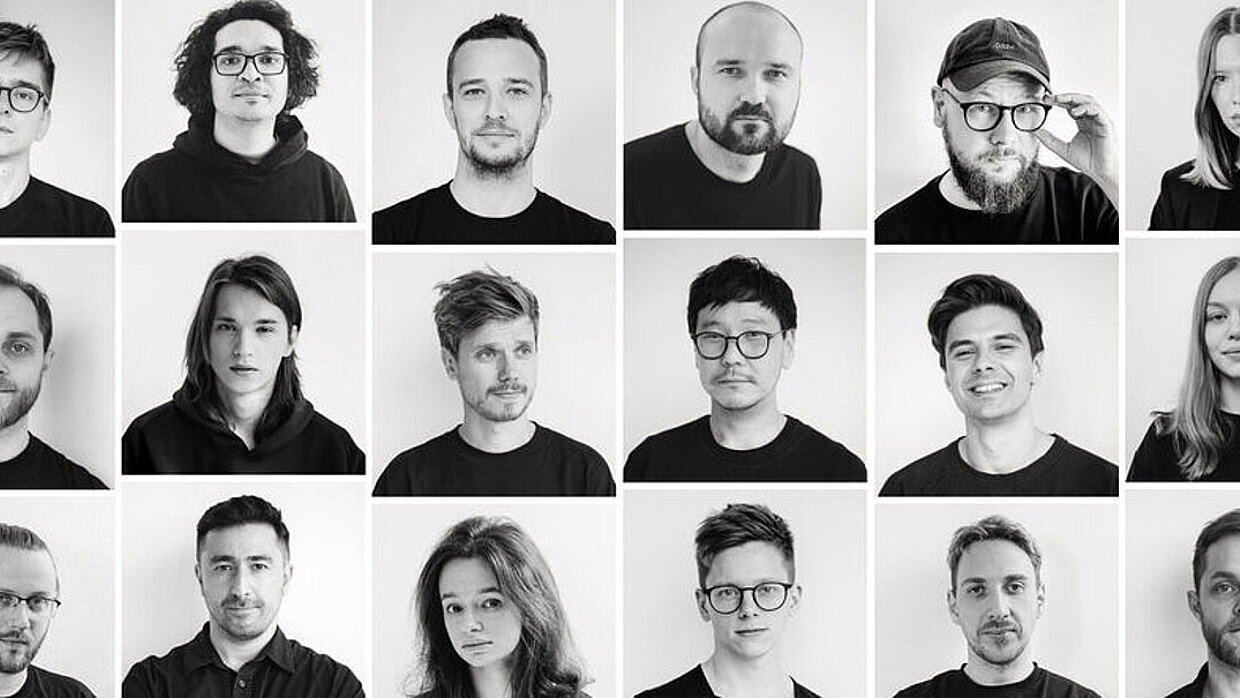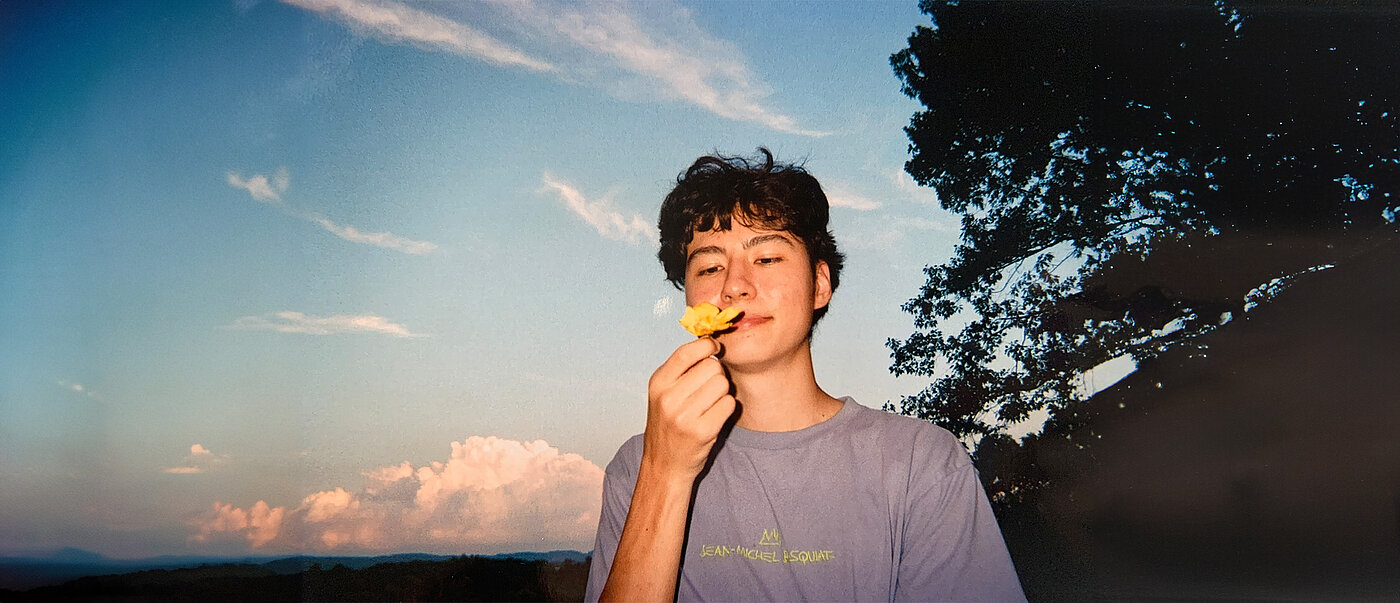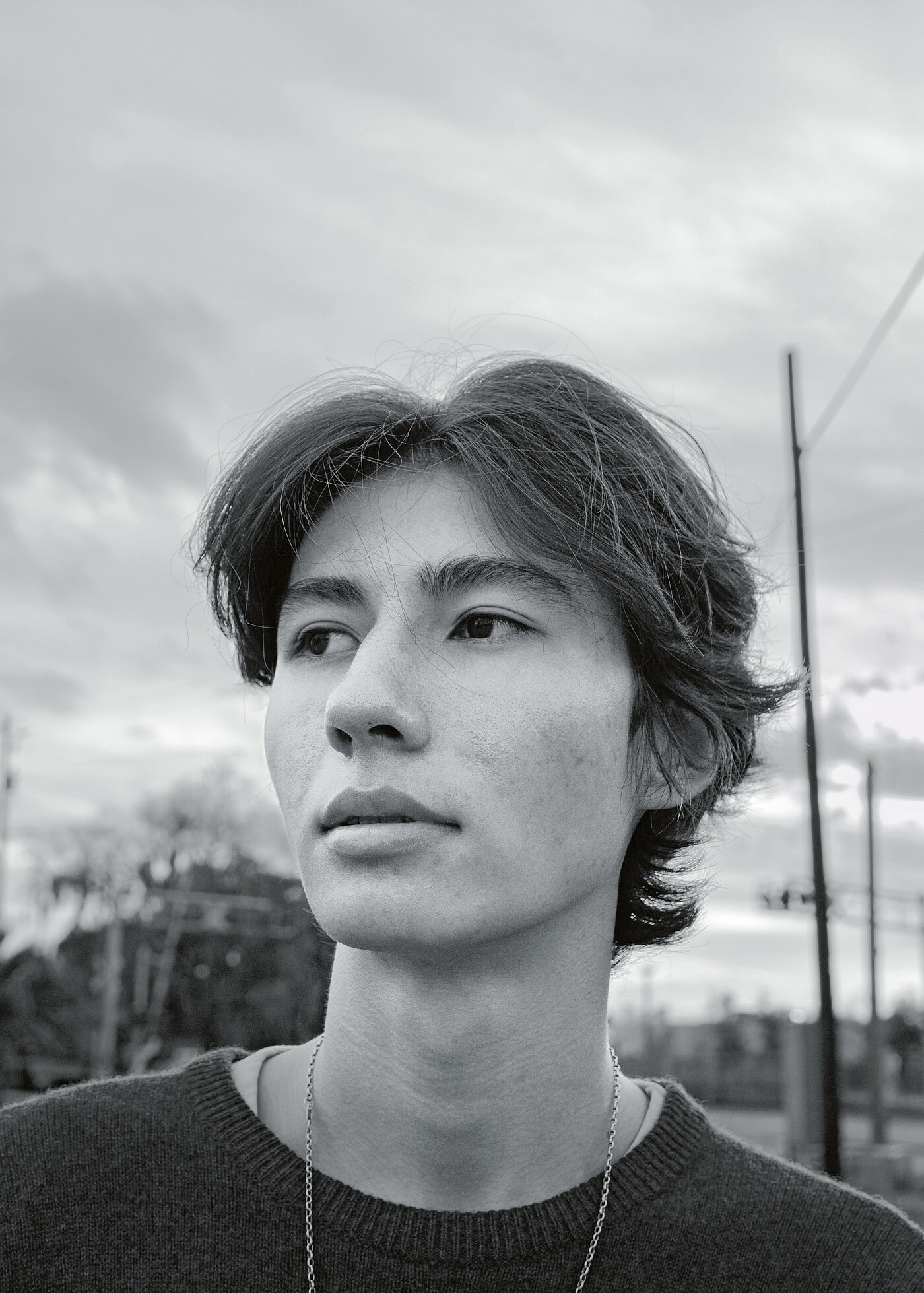
With an impressive corporate design and wayfinding system for the Savannah College of Art and Design (SCAD), Boris Nathan Jun-Ho Schneersohn also demonstrated strong conceptual thinking. The powerful typographic solution gives the various degree programmes and their respective buildings an individual appearance, while providing an overarching identity. The sophisticated wayfinding system from the city centre to the college campus is in no way inferior to this well-thought-out approach. Some professionals may turn a little pale when they hear how long Boris Nathan Jun-Ho Schneersohn worked on this project: “About 20 days. Without the feedback from my fellow students and the guidance of Professor Steff Geissbühler, I wouldn’t have been able to do it!” This testifies to great talent with modesty …
Interview with Boris Schneersohn
What was the biggest challenge of this extensive work?
The biggest challenge was to find a unifying element that would visually connect all four school buildings – Fahm, Alexander, Hamilton and Adler – while guiding users to their right destination. It was not so easy to find a common basis for the many study programmes.
What were your considerations when you turned to corporate design?
I wanted to find an approach that embodied the spirit of the vibrant community of young designers at SCAD. Therefore, I utilised the diversity of students and majors to create a flexible typographic system that expands into different shapes and weights, celebrating student’s inventiveness, collaboration and potential. Combining “NW” of SCAD Northwest with a typographic shape creates a symbol with four dots – and each dot can be expanded to symbolise one of four buildings.
What considerations played a role in the development of the wayfinding system?
The main goal was to make it easier for students and parents to find their way from Poetter Hall in downtown Savannah to the school campus near the Savannah Riverside District. Poetter Hall was SCAD’s first academic building and it now hosts student art exhibits and conferences. The area is also home to shopSCAD, a college gift shop, as well as other stunning locations in Savannah. The introduction of a wayfinding system could increase potential student interest in new degree programmes and encourage them to visit the academic halls.
Has it made the project easier that you know the area of your own university so well?
Definitely. When I was initially trying to find the optimal route on foot, I realised that Google or Apple Maps always suggested the quickest route. This may be efficient, but it often takes you along less accessible streets with limited pavements. Knowing the area helped me to consider sights that are more appealing to walk by – it would just be such a shame to miss out on Savannah’s historic sites and shops!


